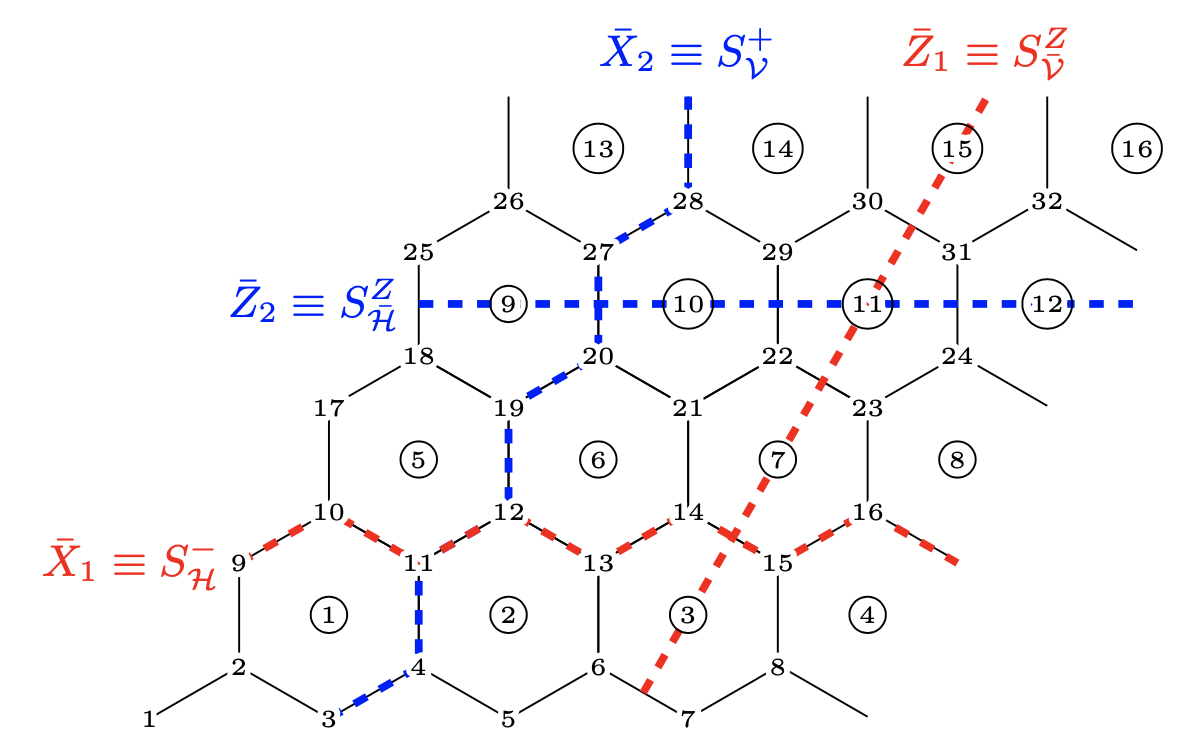Determination of the Semion Code Threshold using Neural Decoders
We compute the error threshold for the semion code, the companion of the Kitaev toric code with the same gauge symmetry group $\mathbb{Z}_2$. The application of statistical mechanical mapping methods is highly discouraged for the semion code, since the code is non-Pauli and non-CSS. Thus, we use machine learning methods, taking advantage of the near-optimal performance of some neural network decoders: multilayer perceptrons and convolutional neural networks (CNNs). We find the values $p_{\text {eff}}=9.5\%$ for uncorrelated bit-flip and phase-flip noise, and $p_{\text {eff}}=10.5\%$ for depolarizing noise. We contrast these values with a similar analysis of the Kitaev toric code on a hexagonal lattice with the same methods. For convolutional neural networks, we use the ResNet architecture, which allows us to implement very deep networks and results in better performance and scalability than the multilayer perceptron approach. We analyze and compare in detail both approaches and provide a clear argument favoring the CNN as the best suited numerical method for the semion code.
PDF Abstract